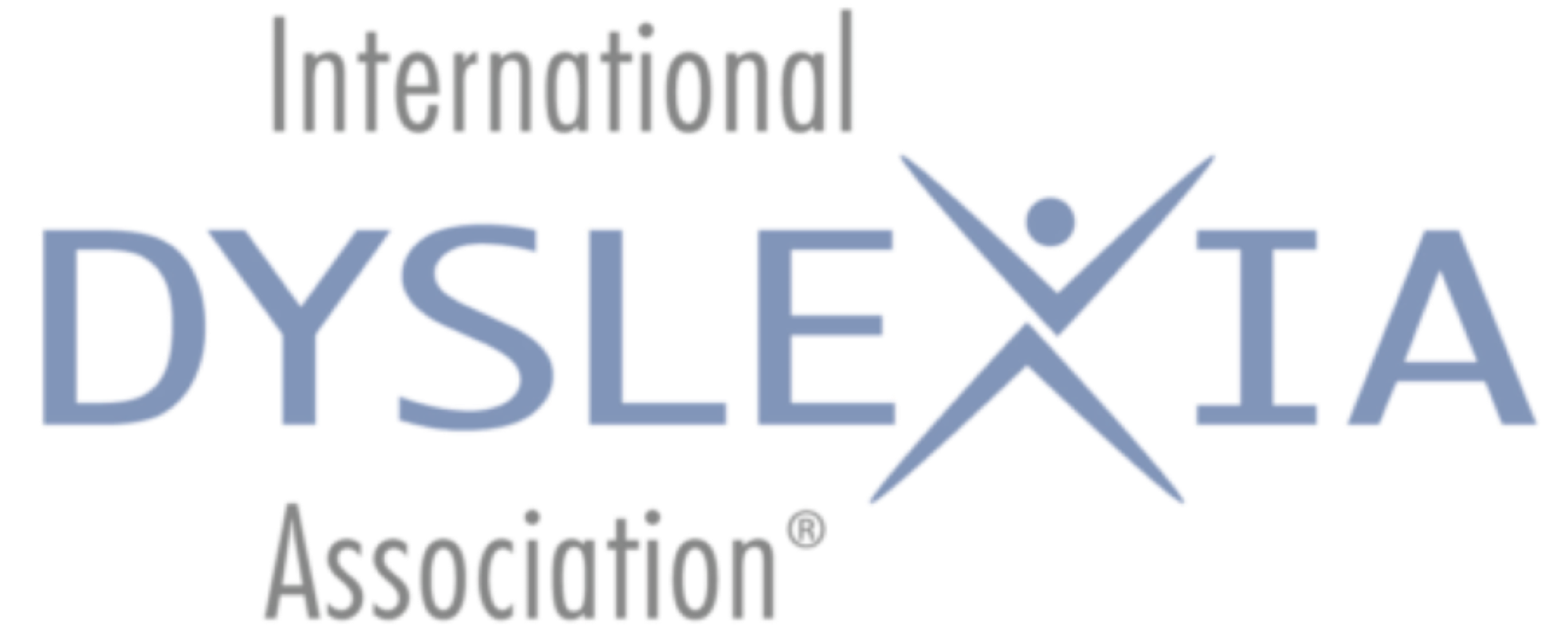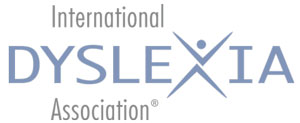Volume 6, Issue 3
September 2017

“Easy reading is damn hard writing.”
Nathaniel Hawthorne
“You have to know so much to write so little.”
Ann McCutchan
Writing is difficult for almost everyone and particularly daunting for people with dyslexia or for English language learners (ELLs). Writing even a simple paragraph is far more mentally taxing than reading. It involves a multitude of interconnected language, motor, attention, and memory resources. Poor writers often have poor handwriting and weak spelling skills—and they are likely to produce shorter, more disorganized, and less interesting writing with numerous errors in sentence structure, spelling, punctuation, and grammar than other writers.
Writing skills can be divided into two broad components: transcription and text generation (Berninger, 2004). Transcription involves the basic writing skills of producing letters (handwriting) and spelling words. Poor handwriting and weak spelling, the basic building blocks of writing, often stop the writing process in its tracks. These foundational skills have been covered by previous App Chats. (See the end of this article for links to these articles.)
The technology reviewed here—mobile apps and websites—concerns skills that involve generating written text, or generational skills. These skills include capitalization; punctuation; word and text fluency; constructing coherent and varied sentences, paragraphs, and genre-specific discourse structures; planning processes; and revising and editing the final product.
Common writing issues include the following:
- Word usage errors for pronouns, prepositions, etc.
- Subject-verb disagreement
- Limited academic vocabulary
- Weak syntax and grammar
- Poorly constructed sentences and paragraphs (e.g., sentence fragments and run-on sentences)
- Disorganized text
The technology reviewed here will help writers generate more accurate and interesting text. After each title, I have included information on the skill focus and who will benefit from its usage.
Websites and Mobile Apps
PrepositionBuilder: www.Mobile-educationstoree.com
Purpose: Practice in choosing the correct preposition
Audience: Younger students; older students who don’t mind kid-friendly illustrations
This mobile app presents an image and a narrated sentence with three preposition options. The user drags one preposition to complete the sentence. If the user selects an incorrect preposition, the picture changes to show the correct meaning of the chosen preposition with oral feedback. Statistics track individual progress, and reports can be e-mailed to parents and teachers. The app supports multiple users and covers the 28 most common prepositions with 300 images. Named the Best Teaching App for 2012 (Teachhub.com).
Word Hippo: www.wordhippo.com
Purpose: Improving academic vocabulary
Audience: Younger students, teens, and adults
Word Hippo is a user-friendly thesaurus suitable for young and old writers who want to find more appropriate and/or varied words to use in their writing. It provides word meanings for each word plus synonyms, antonyms, rhyming words, sample sentences containing the word, derivatives, and the word’s etymology. It includes spellings for both British English and American English.
Vocabulary.com: www.vocabulary.com
Purpose: Improving academic vocabulary
Audience: Younger students, teens and adults
Teachers can use existing vocabulary lists, upload text from books, or create original lists of up to ten words. Students can then practice the spelling and meaning of these words online using a multiple-choice format that includes extra information about each word. The existing “featured” lists contain text from literature, nonfiction, historical documents, morphology, speeches, and current events reported in newspapers. The app also has downloadable PDFs of commonly confused words (e.g., affect and effect) under “Choose Your Words.” The free version allows teachers/parents to create classes of up to 50 students, invite students, and assign words. Students can view their progress online. The website has two versions for desktop and tablet platforms.
Wordflex Touch Dictionary: www.wordflex.com
Purpose: Improving academic vocabulary
Audience: Teens, ELLs, teachers
This app is a “movable thesaurus.” It shows word relationships as networks of semantic word associations. The word web is organized by parts of speech (e.g., noun, verb, etc.), phrases, and derivatives. It also includes phrasal verbs (e.g., walk away, pull out). These dynamic word trees can be moved and rearranged. The resulting word web can even be printed out on a poster.
Irregular Verbs: www.alligatorapps.com
Purpose: Subject-verb agreement practice
Audience: Younger students, ELLs
This app provides practice for students in reading and using correct verb forms. It presents homophones in seven engaging games. The optional text-to-speech feature reads sentences.
Rainbow Sentences: www.mobile-educationstore.com
Purpose: Sentence construction practice
Audience: Younger students, ELLs (There is a version for older people.)
This provides practice in the construction of grammatically correct sentences using assigned words. The user forms sentences using the drag-and-drop feature with individual words or phrases. There are several layers of scaffolding supports, including a color-coding option for words, phrases, or placeholders. Rainbow Sentences features both manuscript and cursive options.
Sentence Reading Magic 1 & 2: www.preschoolu.com
Purpose: Sentence construction practice
Audience: Younger students, ELLs
To practice forming sentences in varying lengths, the user arranges words into complete sentences. An adult voice reads to the user. Each app contains 324 two-, three-, four-, and five-word sentences. Both apps feature decodable text for sentences and two sight word activities. Sentence Reading Magic 1 has CVC words with short vowels; Sentence Magic 2 has words with short vowels and consonant blends. One can work in manuscript or cursive fonts and select a male or female voice.
Phrasal Verb Machine and Phrasalstein: www.thephrasalverbsmachine.org
Purpose: Sentence construction practice
Audience: Older students, adults, ELLs
These apps provide entertaining practice for understanding the meaning of idiomatic verb phrases (e.g., lock up; turn off). They require solid reading skills or a reading assistant (no text-to-speech). In the phrasal verbs (learn mode) view, the user matches an animation of given phrase with one of several phrasal verbs. In the exercise view, the user chooses an animation to match a phrasal verb. Spanish and Italian options are included.
Inspiration and Kidspiration. www.inspiration.com
Purpose: Paragraph and essay structures
Audience: Older students, adults, ELLa
Inspiration is a graphic organizer computer program, and Kidspiration is a complementary app for organizing paragraphs and longer text. The programs contain multiple templates for different text structures and genre. With a tap, one can alternate views from visual “mind map” to a traditional outline. To help comprehend text, the user or teacher can select and complete a graphic organizer. To help the writer brainstorm and organize paragraphs and longer works, the user can select an appropriate template or create a new one starting from scratch. Once complete, the user can e-mail, print, or export the outline and/or mind map to a Word or text document.
Grammarly. www.grammarly.com
Purpose: Proofreading, including correcting incorrect verb tense, contextual spelling, punctuation
Audience: Older students, adults, teachers and ELLs
Note: At this time, there is no version for iPads or other mobile devices.
This program helps the writer improve his or her writing by checking grammar, punctuation, and spelling. Errors are not corrected automatically; the writer must correct each error manually. Brief explanations of the errors help the user learn from mistakes. The free version of Grammarly supports Word documents, e-mail, and social media posts. It corrects contextual spelling (e.g., there/they’re/their), punctuation, subject-verb disagreement, grammar, etc. The premium version detects more sophisticated errors, reports statistics on each type of error, and analyzes for plagiarism. For those writing academic papers, the premium version has settings for specific writing styles (e.g., APA or MLA). School site licenses are also available.
Ginger Software: www.gingersoftware.com/
Purpose: Proofreading
Audience: ELLs, older students, adults, and teachers
Originally created for ELLs, this program (for desktop and mobile devices) helps writers to improve their written expression by checking their grammar, punctuation, and contextual spelling (e.g., there/they’re/their). When it detects an awkwardly worded sentence, it offers suggestions for rephrasing the sentence. The thesaurus suggests more interesting words without prompting. It includes a free translator that translates passages into 50 languages, including those with different orthographies, such as Chinese and Arabic. It has human-voice text-to-speech capabilities.
No Red Ink www.NoRedInk.com
Purpose: Assess and practice grammar, sentence structure, punctuation, and writing skills
Audience: Students of ages 6 to adult and ELLs (requires good reading skills)
This website helps students improve their grammar and writing skills within an engaging, interactive platform. With the free version, users can create pretests, assign content lessons, provide extensive practice, and assess learning. The site asks the user to identify a few interests and friends and then places these names into the exercises. The self-paced practice lessons provide immediate feedback, increasing levels of help, and explanations for students who do not understand. Teachers can track individual student progress with color-coded charts.
More of Dr. Cheesman’s App Chats:
Dr. Cheesman’s App Chat: Find the Best Literacy Apps for Preschool and Kindergarten Children (Summer 2016)
Dr. Cheesman’s App Chat: Literacy Apps for English Language Learners (February 2016)
Dr. Cheesman’s App Chat: Don’t Miss These Award-Winning Apps for Vocabulary and Comprehension (October 2015)
Dr. Cheesman’s App Chat: Games to Boost Math Skills (August 2014)
Dr. Cheesman’s App Chat: Vocabulary & Morphology (April 2014)
Dr. Cheesman’s App Chat: Holiday Gifts! (December 2013)
Dr. Cheesman’s App Chat: Spelling (August 2013)
Dr. Cheesman’s App Chat: Ten Interactive Books for Kids, Teens, and Adults (May 2013)
Dr. Cheesman’s App Chat: iPad Apps for Literacy Instruction (February 2013)
 Dr. Cheesman is an associate professor at the University of Colorado Colorado Springs. The courses she developed were among the first nine university programs officially recognized by the International Dyslexia Association for meeting the Knowledge and Practice Standards for Teachers of Reading.
Dr. Cheesman is an associate professor at the University of Colorado Colorado Springs. The courses she developed were among the first nine university programs officially recognized by the International Dyslexia Association for meeting the Knowledge and Practice Standards for Teachers of Reading.
Dr. Cheesman has no relevant financial or non-financial relationships to disclose with any of the resources discussed in this article.
Copyright © 2017 International Dyslexia Association (IDA). Opinions expressed in The Examiner and/or via links do not necessarily reflect those of IDA.
We encourage sharing of Examiner articles. If portions are cited, please make appropriate reference. Articles may not be reprinted for the purpose of resale. Permission to republish this article is available from info@dyslexiaida.org.

